My Books
There’s No Way But Up
I recall very clearly around 7-8 years ago when Rinpoche first suggested I write my very first book. It was going to be about my life story (an autobiography of sorts), I was thrilled, scared and wondered if I was up to the challenge. For years and way before this whole book-idea came up, Rinpoche had already talked to me about becoming a writer. I pondered, denied, ignored and basically felt that I didn’t have what it takes.
Anyway, somewh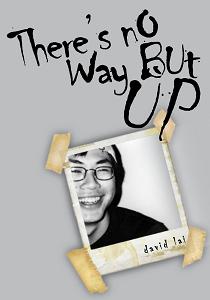 ere along the way after that, I decided to take the plunge and have reached this point where I was about to start writing my very first book. In my head, I formed a basic idea of what I wanted to write and when I finally hit the laptop, I quickly drafted out a list of chapter that I would like to have within the book. Each chapter heading was essentially an aspect of my life that I wanted to share with the world. I had no experience writing any longer than 2-pager article. Somehow, I managed and I consoled myself with the fact that the story is about my life should be something I can easily tell.
ere along the way after that, I decided to take the plunge and have reached this point where I was about to start writing my very first book. In my head, I formed a basic idea of what I wanted to write and when I finally hit the laptop, I quickly drafted out a list of chapter that I would like to have within the book. Each chapter heading was essentially an aspect of my life that I wanted to share with the world. I had no experience writing any longer than 2-pager article. Somehow, I managed and I consoled myself with the fact that the story is about my life should be something I can easily tell.
When it actually came to writing the book, it was not easy. I had numerous moments I wanted to give up and do something else instead but somehow; I never did and persisted. In hindsight, I felt that writing the book was like going into labor. Through all the messy business of writing, editing and rewriting various bits and pieces, I gave birth to this book.
I would say that the hardest part of the book was to finish the book. I had initially given the book the edgy title of ‘Tsongkhapa Addict’ but Rinpoche in a fit of inspiration suggested the title ‘There’s No Way But Up’ and he said that this title suited the book very much because it reflected the evolution of my writing and spiritual journey of overcoming self-doubt and pushing the envelop of what I think I can and cannot do. I couldn’t agree more.
Dear David,
I have received so much good comments about your book and it has touched the lives of so many people ALL AROUND THE WORLD. REALLY…NICE! I am proud of you. We will go for a third and fourth reprint of your book when the time comes and David you will write more as you have a lot of knowledge. I am proud of you, your books, your practice, your devotion and your dharma knowledge. You are one of the pioneers of Kechara and you started with me when you were very young and you in turn inspired other young people and you are still doing that. You are appreciated and loved by me as a Guru to student and older brother to younger sibling. You are blessed and you will continue to do wonderful dharma and dharma works. I care about you very much.
Tsem Rinpoche
Mr Lai Chek Yee (David’s father) :-
When Pastor David Lai left home to stay in a Dharma house, I had no objections. In fact, I was quite happy to hear about it because he knows that he wants to learn something which I couldn’t teach and he has to learn it from the guru and that’s from Rinpoche. And that’s why in three years’ time, he wrote his first book There’s No Way But Up.
I quite like the book. In fact, I bought 10 of it to give to my family members and to my friends to read, and it’s very nice. I’ve completed reading it and off and on, I used to turn back to read about his life which was very true. That means you have learned something. And subsequently, he wrote another book called Vajrayogini Power Places in Nepal which gives a good account of all the power places in Nepal and finally, Tales My Lama Told Me. It’s a very nice book which I am still keeping and reading.
Within these years when he has left home and has come to stay in the Dharma house, he has learned quite a lot and these books are the result.
The most noticeable thing about There’s No Way But Up, the first book by David Lai, is the total honesty of this story.
In this no-holds-barred account of his spiritual journey, David takes us through a most unusual string of experiences, taking us from his childhood, to his disco days, to the doldrums of corporate life, and eventually, to the feet of his Lama, H.E. Tsem Tulku Rinpoche.
As each of us step foot onto a spiritual path, we struggle with our individual hang-ups, attachments and neurosis. David makes this clear in his own account, where he speaks frequently and candidly throughout the book about his own personal struggles – his laziness, insecurities and total lack of confidence. What makes the story such a unique and quirky one, is the telling of how his Lama “forces” him out of this self-induced stupor and sloth.
David is put through his paces. His Lama keeps him awake into crazy early hours of the morning, then takes him jogging at dawn; David is pushed to write even though he’s never done it before, to tell stories and report news even though he hates talking. Through his story, we see what it means to overcome your weaknesses and the things you hate doing, and discover your potential for achieving much more.
There’s No Way But Up, in all its honesty, reveals the many sides to this young practitioner – writer, Dharma student, son, friend and extraordinary example to spiritual seekers everywhere. He shows us that there’s a little bit of David in all of us – every time we’ve made an excuse not to do something, felt insecure, or lacked the confidence to go all the way with something. But on the flipside, he also shows us where we can go from there and what can be achieved – an open heart, tenacity and a sound, uplifting spiritual practice to take you to Enlightenment.
David’s story is intertwined with the biographies of his own teacher, Tsem Rinpoche, and Je Tsongkhapa, the 14th Century Buddhist saint who founded the Gelugpa school of Buddhism. Through these many avenues, the reader is given several perspectives of how a spiritual journey can be traversed and how each is unique to every individual.
Yes, it’s never an easy journey. David reveals what it really takes to get the ball rolling in our practice and to keep it going. What is extraordinary is seeing how someone so young becomes so committed to his practice, no matter what it takes. From slogging it as a sales executive, to rising as a published author and Liaison (personal assistant) to H.E. Tsem Tulku Rinpoche, David shows us that anything is possible if you have enough faith, determination and a big, sincere heart.
Vajrayogini and Other Sacred Power Places in Nepal
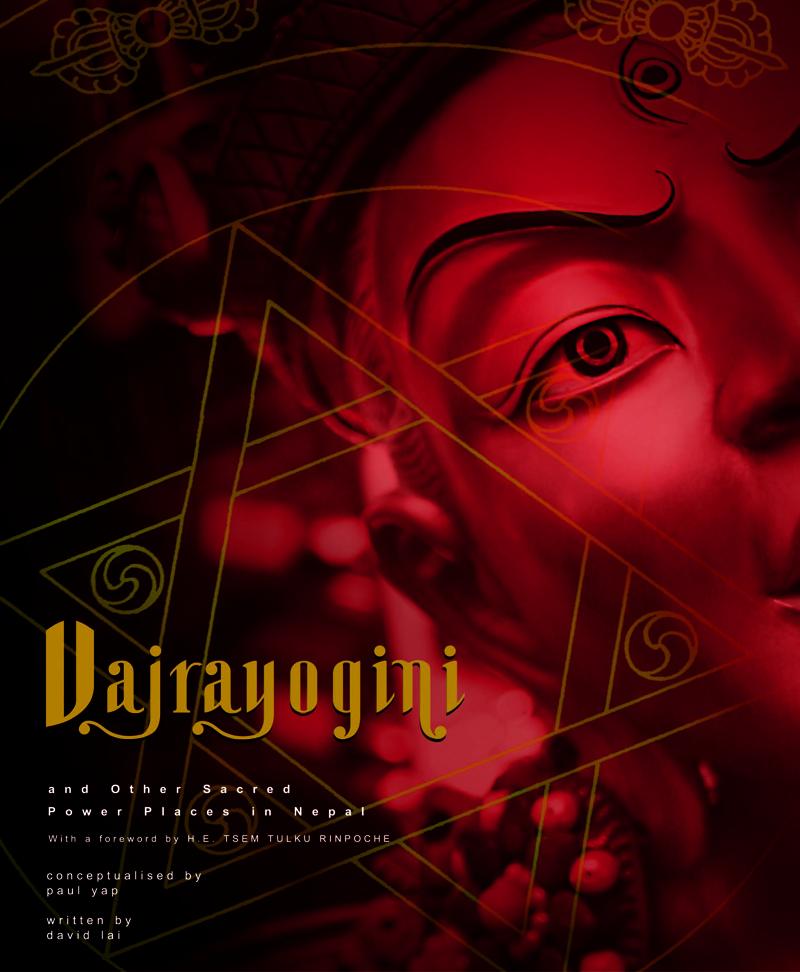 This coffee table book was started as a project with Paul Yap to produce a book that showcase pictures and explanations of the holy power places of Nepal that I visited along with other pilgrims in 2008. It was under Rinpoche’s guidance that we went to each power place in Nepal accompanied with an explanation of the spiritual significance of the site while making powerful aspirational prayers there.
This coffee table book was started as a project with Paul Yap to produce a book that showcase pictures and explanations of the holy power places of Nepal that I visited along with other pilgrims in 2008. It was under Rinpoche’s guidance that we went to each power place in Nepal accompanied with an explanation of the spiritual significance of the site while making powerful aspirational prayers there.
Along the way, Rinpoche had also explained what a Buddhist pilgrimage is and why we engage in them. Along the way, we planted powerful prayers at sacred Vajrayogini sites in Nepal. It was on this trip that we learn a lot more on Vajrayogini beginning with the dauntless devotion of Naropa, the progenitor of the Vajrayogini lineage to various explanations on Vajrayogini herself. Therefore, I have put in all the essential information that I gleaned during the pilgrimage into the book.
It is my hopes that the book would inspire people reading it to embark on their own pilgrimages to these Vajrayogini sites while understanding her significance. The book turned out to be very beautiful as it featured many beautiful shots taken during the pilgrimage itself. I felt that the publication of this book had increased my understanding and faith in Vajrayogini and I am sure it would do the same for those who pick up the book and flip through its colorful and vibrant pages.
How to Purchase a copy?
Tales My Lama Told Me
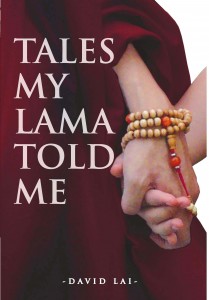 The idea of this book came way before I finished my first book, There’s No Way But Up. At that time, I was transcribing the Dharma talks that Rinpoche gave over the years. As I was listening to Rinpoche’s teachings, I found myself reliving the laughter; tears and drama each time Rinpoche told a tale.
The idea of this book came way before I finished my first book, There’s No Way But Up. At that time, I was transcribing the Dharma talks that Rinpoche gave over the years. As I was listening to Rinpoche’s teachings, I found myself reliving the laughter; tears and drama each time Rinpoche told a tale.
I realize the power of each of these stories and how people just love to read or hear a good story. On top of that, Rinpoche had a wonderfully captivating way of telling a story that kept the audience at the edge of the seat. I hoped that I would be able to translate that unto paper. So, I quickly and roughly edited out the stories for later when I had the time to edit the rough stories out into a collection of tales. A year or so later, the transcripts fell into my hands and as I was going through the stories, I found the most riveting tales are those that relate Rinpoche’s childhood and personal experiences.
Therefore, I had divided the stories into 2 sections. The first section contains stories of various traditional accounts of great masters, meditators and so forth. The second section contains stories from Rinpoche’s childhood, various anecdotes of the monasteries and his time spent with his teachers. This book is my personal favorite of all the 4 books that I have produced and I am very proud of them because I think that most people would find it easier to relate to good stories than ploughing through a difficult treatise on the Dharma. Just like There’s no way but up, it took me a lot of effort to come up with the title as the title evolved from the zany Fabulous Madness to the ‘earthy’ title of Tales My Lama Told Me.
How to Purchase A Copy?
Conversations in Love
 This book was born from an idea to take Rinpoche’s talk on developing a successful relationship that he gave during a wedding. The advice that Rinpoche gave is a culmination of years of counseling and repairing marriages and relationships. Therefore, it would be good to take this talk on relationships would be turned into a book so that many couples would find good advice on maintaining and prolonging their relationships.
This book was born from an idea to take Rinpoche’s talk on developing a successful relationship that he gave during a wedding. The advice that Rinpoche gave is a culmination of years of counseling and repairing marriages and relationships. Therefore, it would be good to take this talk on relationships would be turned into a book so that many couples would find good advice on maintaining and prolonging their relationships.
However, it is not so appropriate for Rinpoche who is a fully ordained monk to be talking about relationships and so the book has come under my name. The idea presented to me was to write my own personal relationship experience into the book as well. I tried to do that initially but I found that I didn’t have much to share and so I decided to do it differently. Someone suggested I fictionalize a story to illustrate the main points of the talk. I thought that was such a brilliant idea and immediately set out to do just that.
Therefore, I developed 4 characters with each a unique profile and then I weave a story and conversation between them in each chapter. Within each chapter, the story and conversation follows the theme that’s laid down by Rinpoche’s talk. Then, when it came to the design, I specifically wanted it to be laid out like a whatsapp chat conversation complete with a little picture of the person and the conversation encapsulated in a speech bubble. I thought that you make the book a hip, young, and contemporary feel to the book so it would be attractive to the masses.


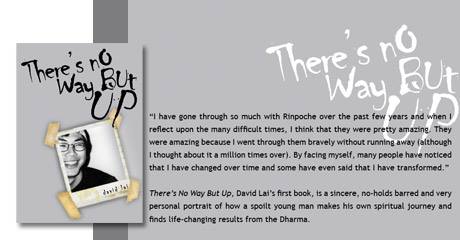

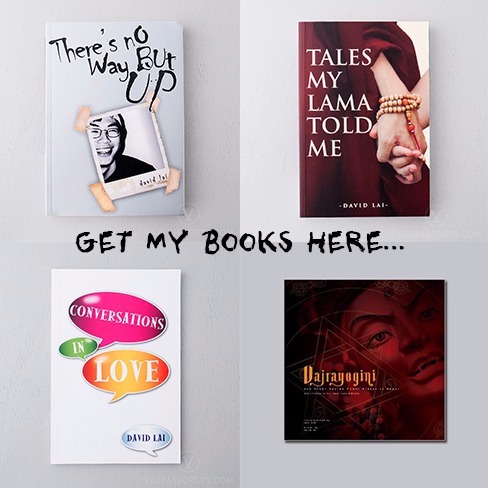



No comments yet